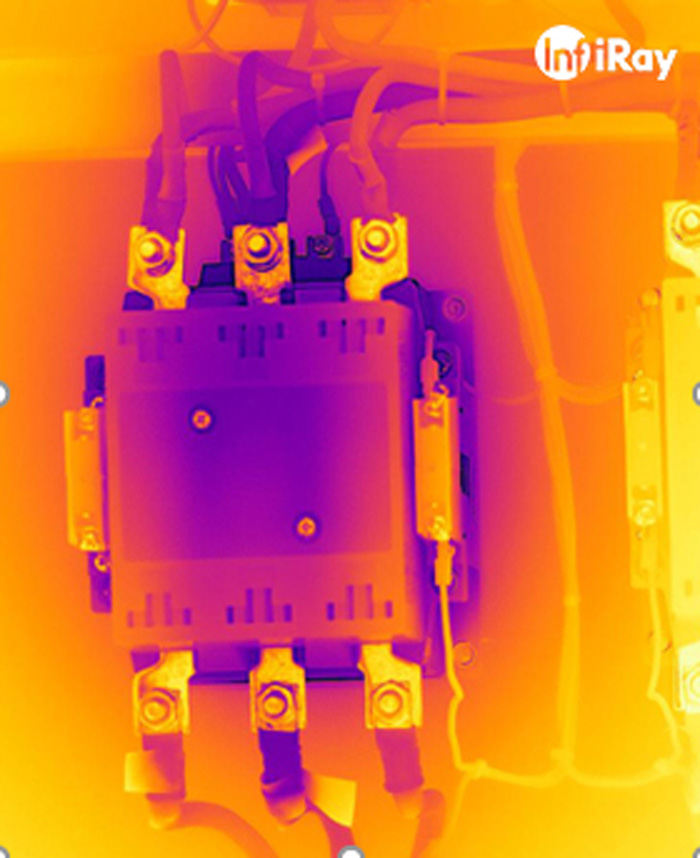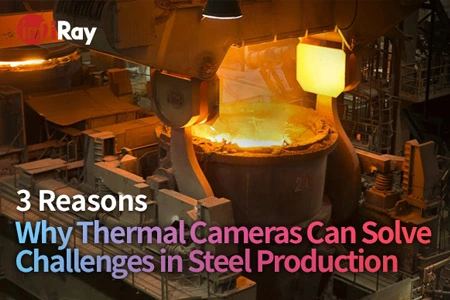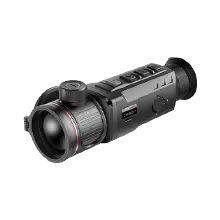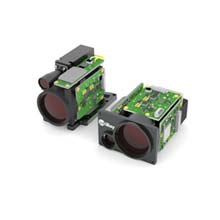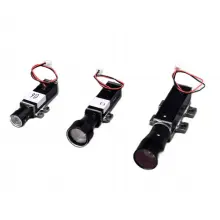Application of Thermal Cameras in Safety Monitoring for Coal Mines
In recent years, a series of major disastrous accidents in the coal mining industry have rung the bell for safe production management of the coal mining industry. Thermal cameras can effectively improve the intelligence and essential safety level of coal mines and reduce the safety accidents in coal mines, ensuring the life safety of underground workers of coal mines and preventing major financial losses caused by device failures.
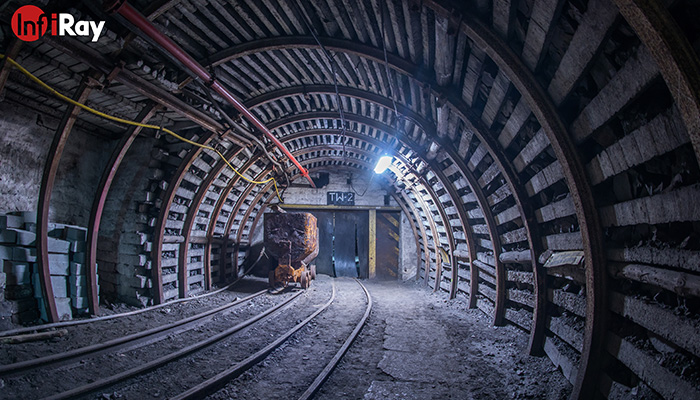
I. Problems of Traditional Solutions
1. Traditional Monitoring Solution for Personnel in the Inclined Shaft Laneway
In the traditional solution, visible-light night vision cameras are usually deployed at the laneway entrance. With infrared fill-in lights, these cameras monitor the personnel in the inclined shaft laneway and high-risk areas in real time. The behavior analysis function such as regional intrusion links the local alarm triggers to notify nearby personnel to leave the area.
However, these cameras are susceptible to the influence of illumination and the fill-in light distance limit in the dark inclined shaft laneway and produce poor imaging results.
2. Traditional Monitoring Solution for Belt Ripping Protection
In the coal mining process, if there is a foreign object stuck on the belt, it will continuously rub the belt and produce heat, ripping the belt. In the traditional solution, a flip board is placed underneath the belt. When the belt is ripped or a foreign object is dropped, the flip board is flipped. In this way, pre-warning before accidents cannot be provided. A ripped belt is already a scrap, and it causes great financial losses.
II. Unique Advantages of Thermal Cameras in the Safety Monitoring for Coal Mines
1. Non-contact real-time online temperature measurement: The solution does not affect the objects to be measured and measures all temperature points of the image. The hottest point on the entire screen or the area is automatically captured to efficiently locate problems without omission.
2. Thermal imaging is passive imaging without requiring external light sources such as daylight and lamplight. Instead, the temperature difference between the target and the surrounding environment is measured for imaging. It features high contrast and a long measurement distance. Compared with visible-light imaging, thermal imaging has better smoke penetration and has special advantages in specific night vision scenarios.
3. Pop-up windows and sound and light alarms can be linked, to promptly and efficiently provide pre-warnings and alarms for the exceptional temperature fluctuations. In this way, staff can be notified to implement remedies, and to effectively prevent safety accidents.
III. Main Applications of Thermal Cameras in Safety Monitoring of Coal Mines
1. Safety Monitoring of Personnel in the Inclined Shaft Laneway
The temperature in the zone measured by the thermal cameras is the basis for determining whether there is an intrusion. If there are people or illegal operations in the configured zone, the shuttle cannot be started or linked for stop and the image of the zone where the incident happens is uploaded to the control room. Then, pop-up windows of video feeds in the alarm zone are displayed, and the voice reminder is triggered on the site with sound and light alarms to notify onsite personnel to leave. After the personnel leave the zone, the device can be normally started. In this way, personnel safety is ensured.
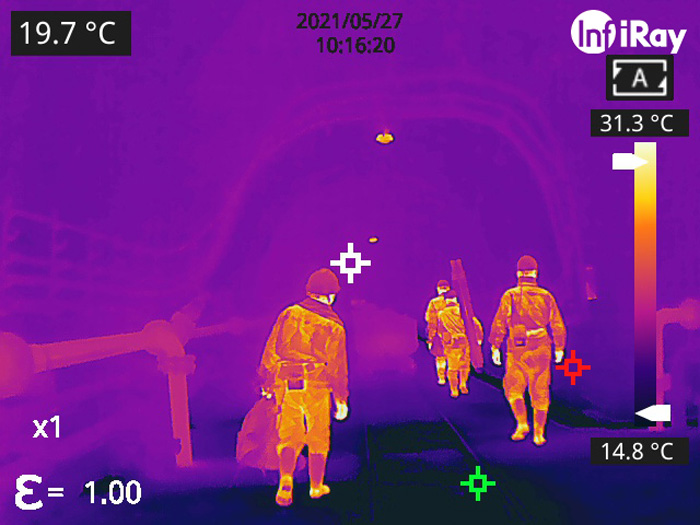
2. Shuttle Monitoring
The underground shuttle is one of the devices for coal mining and laneway drilling in coal mines. Thermal cameras are installed in the front of the shuttle. When the shuttle is moving underground, the thermal camera can promptly detect human body temperature, and the video is streamed in real time through 4G networks to the back end. The temperature is used to control whether the shuttle is started or stopped. In this way, the principle that "shuttle moves when there are no pedestrians and stops when there are pedestrians" can be implemented.
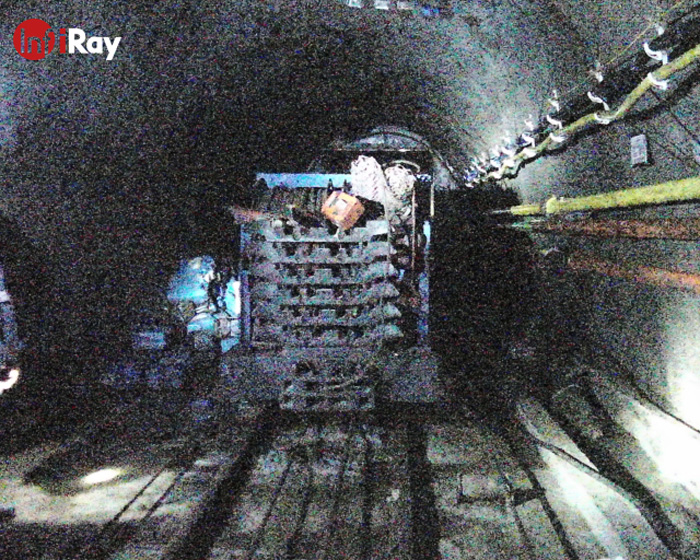
3. Monitoring of the Belt Transporting the Coals
Thermal cameras are installed underneath the belt for real-time temperature monitoring of the belt. When there is a sharp foreign object on the belt, the belt will possibly be ripped. However, the temperature exception or drastic temperature rise caused by the friction between the belt and the roller will trigger the alarm device, to notify staff to promptly take measures.
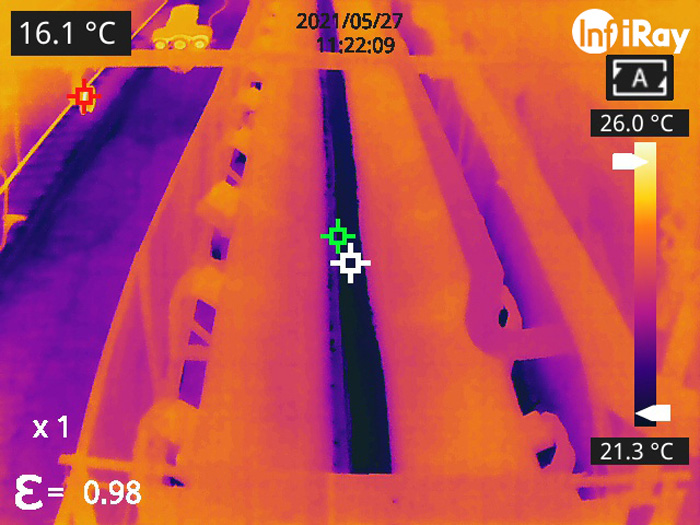
4. Monitoring the Power Distribution Cabinet
The underground power supply system includes the central substation and substations in the mining areas. Thermal cameras are connected to switches to monitor the temperature changes in the electrical devices (contacts and circuit breakers) in the power distribution cabinets of substations at each level. In this way, the operating status of the electrical devices in the cabinets is monitored, to promptly discover faults and conduct preventive maintenance, ensuring the normal operation of electrical devices.
